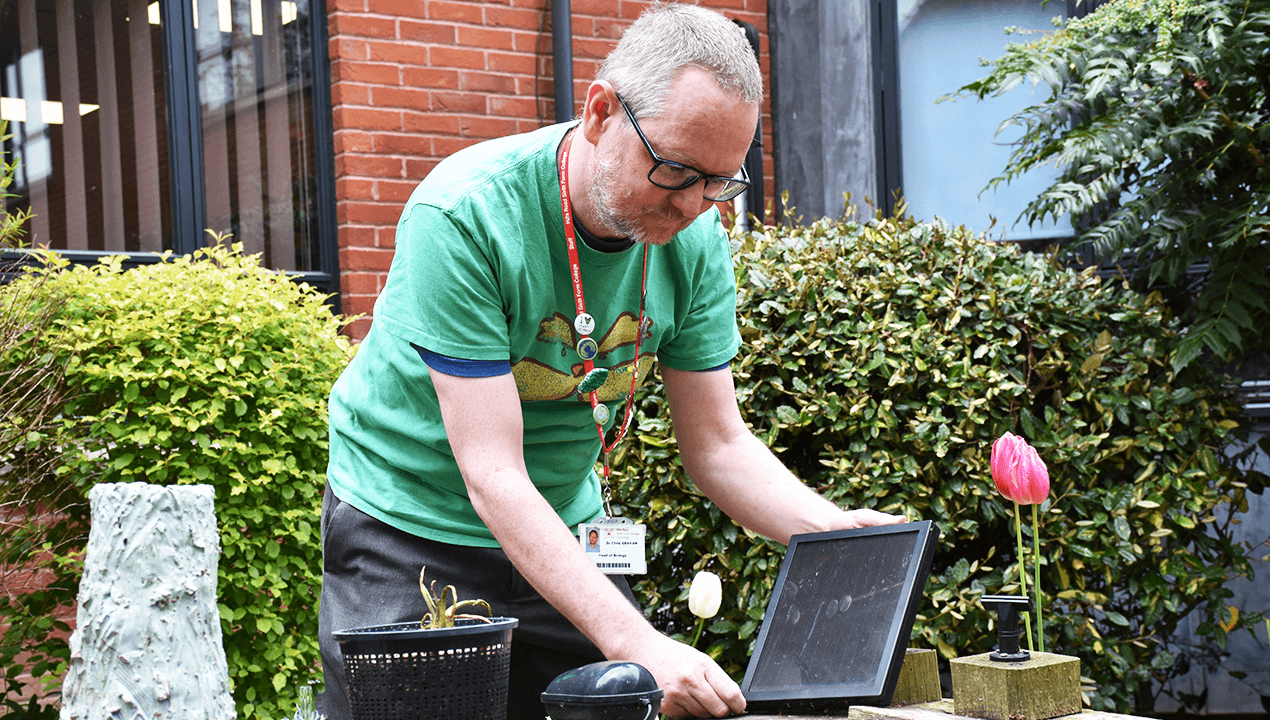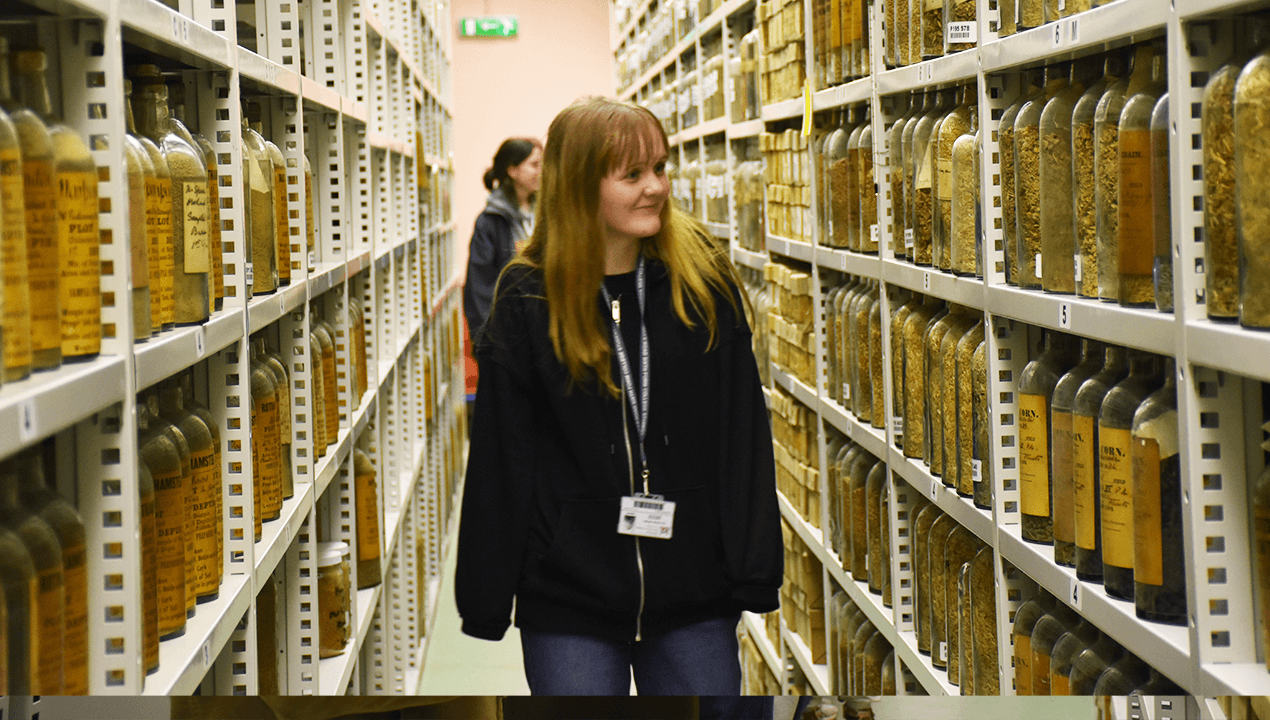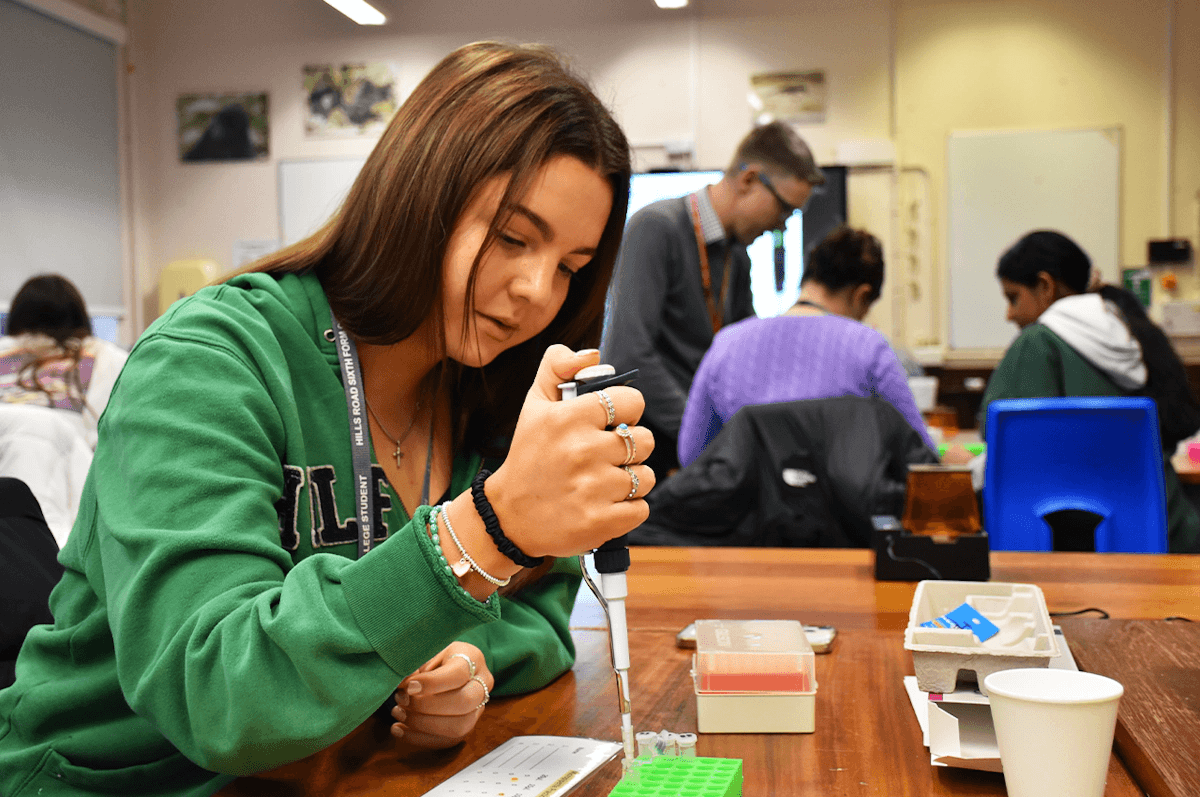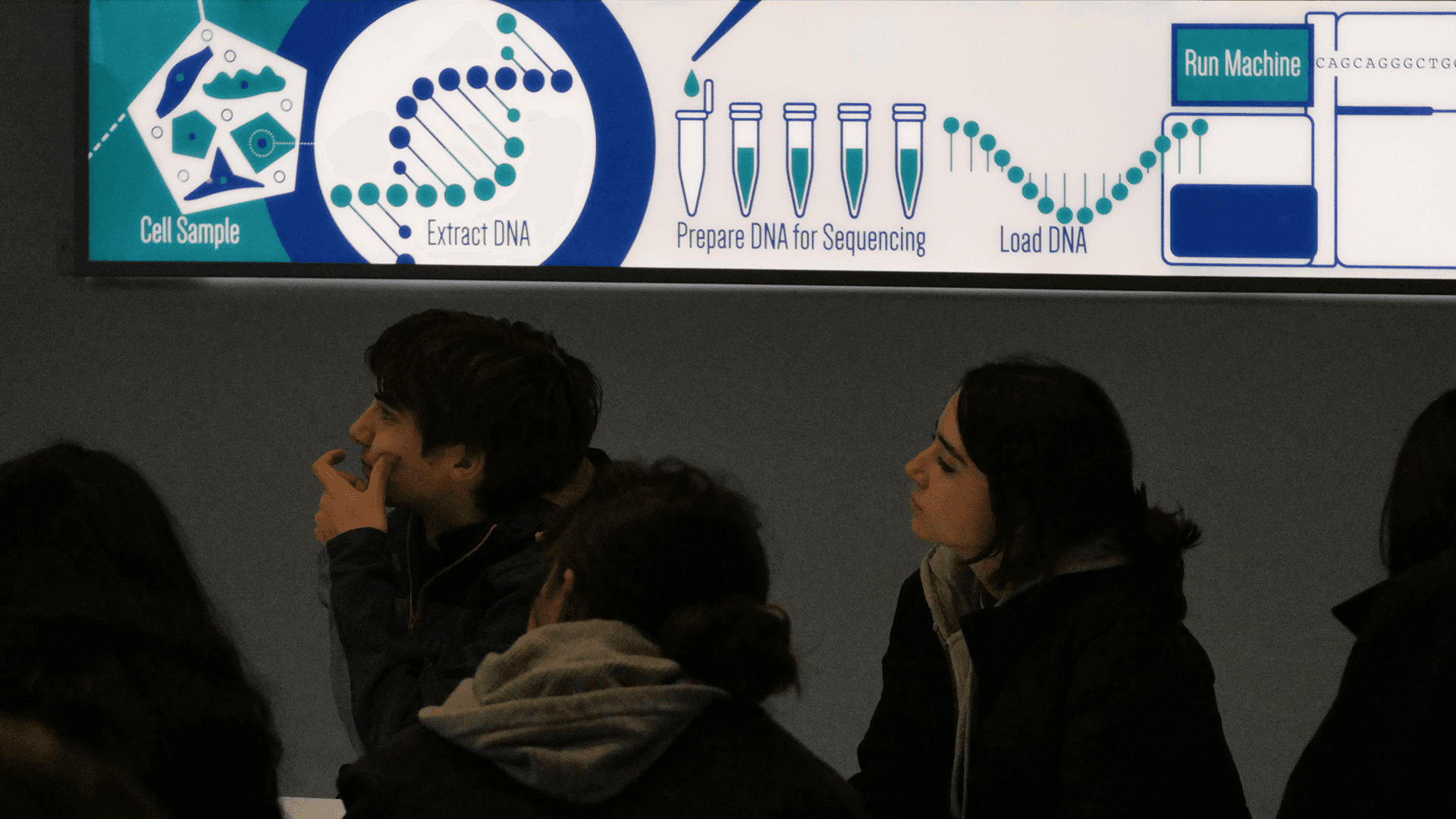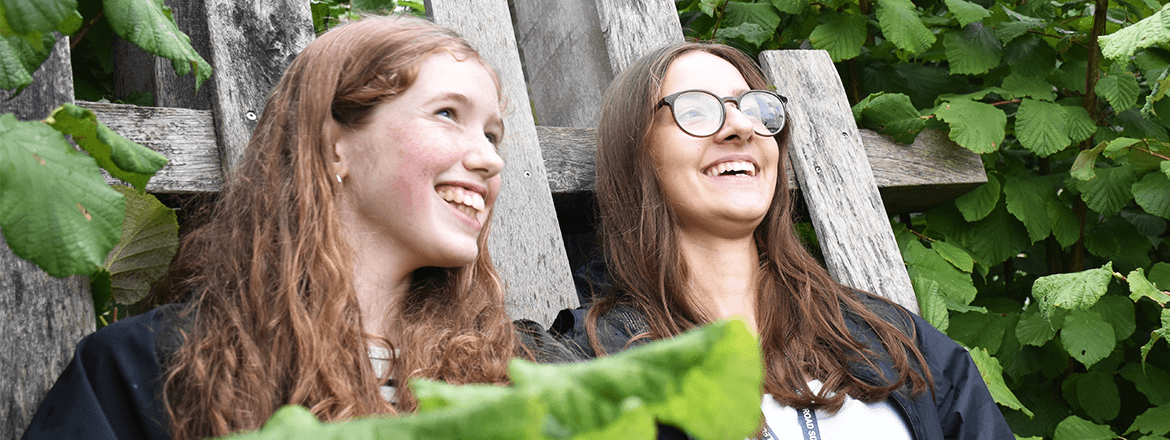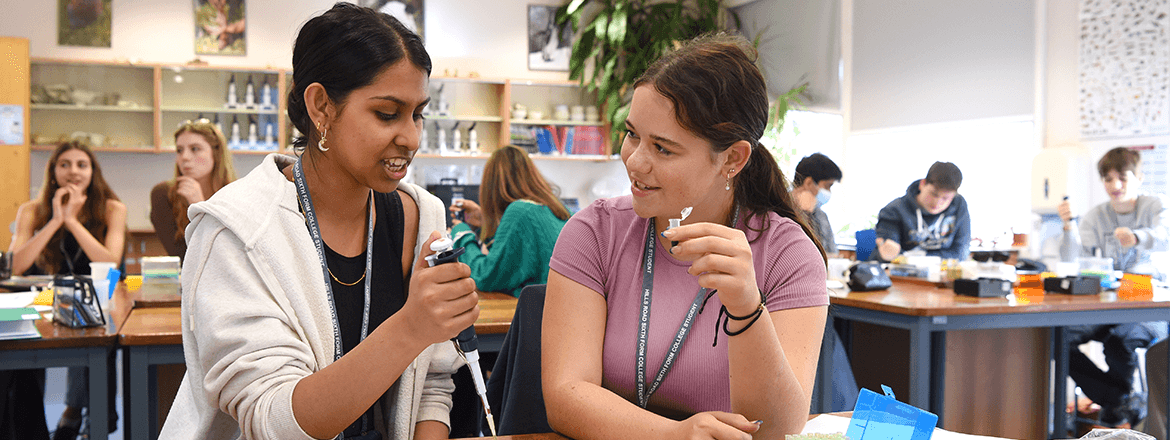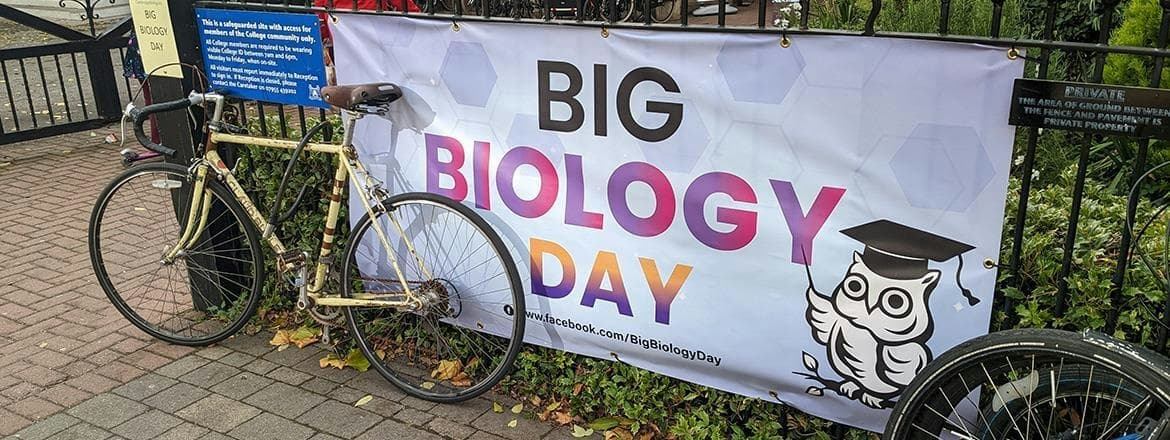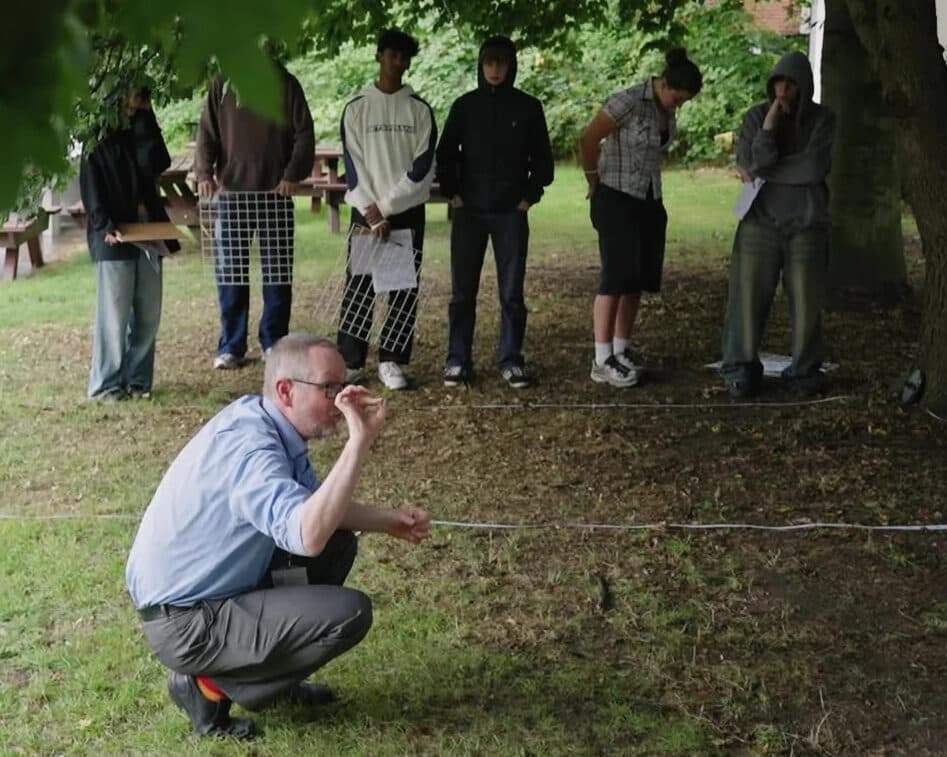
Students return to Anglesey Abbey to collect the snowdrop samples for unique research
On Monday the 15th of January, the Snowdrops DNA enrichment team travelled to Anglesey Abbey to collect a sample of snowdrop leaves.
Published on 28/01/2024
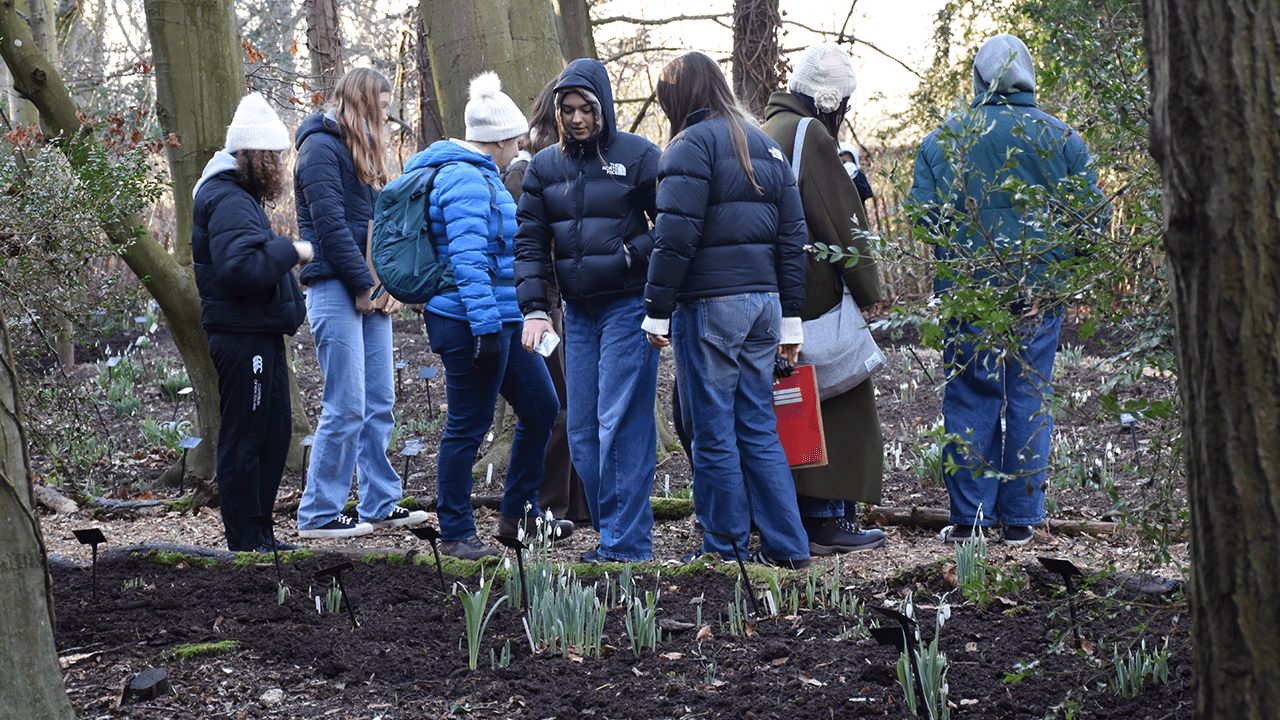
Student research into Snowdrops progresses even further!
On Monday the 15th of January, the Snowdrops DNA enrichment team travelled to Anglesey Abbey to collect a sample of snowdrop leaves. Each pair of students had been assigned species of snowdrops, to collect a leaf sample weighing six grams.
While very cold, students had a wonderful experience at Anglesey Abbey. There were so many varieties of plants and flowers to admire, many of which had blossomed gorgeously.
Everyone was incredibly grateful to David and Amy, both of whom are experts in snowdrop classification, for their help in identifying and sampling the leaves.
Anglesey Abbey hosts around 400 varieties of snowdrops, many of which are incredibly rare. This magnificent collection began in the 1960s, when Lord Fairhaven, who lived at Anglesey Abbey, bought £100 worth of snowdrop bulbs. They have been cultivating them at the site ever since.
There are over four thousand varieties of snowdrops, and 26 of these have been discovered and named at Anglesey Abbey, including Anglesey Candlelight, which was named by David Jordan.
Despite the significant varieties of snowdrops, Taxonomists believe that there are only 21 different species of the flower. Hills Road students have taken samples of 12 of these to use for their research project and will be barcoding the DNA to create a phylogenetic tree (a diagram that demonstrates the evolutionary descent of species or genes from a common ancestor).
The trip was enjoyed by students and teachers alike! Everyone is looking forward to utilising the samples collected in this fascinating trip and moving the project forward.


